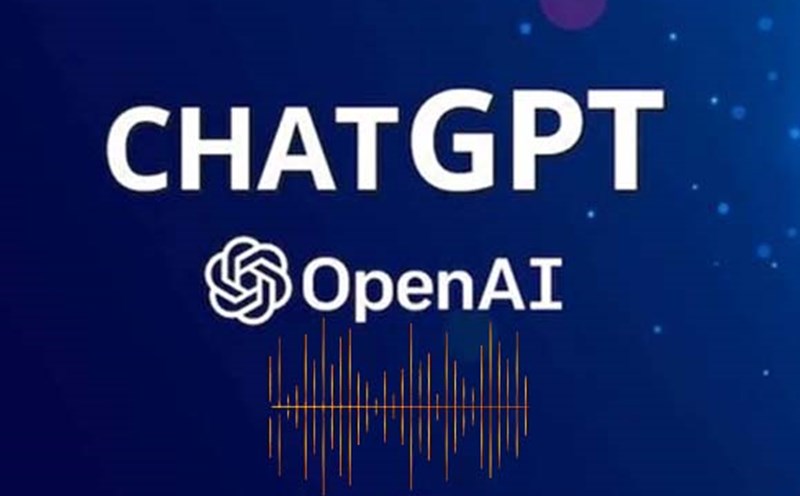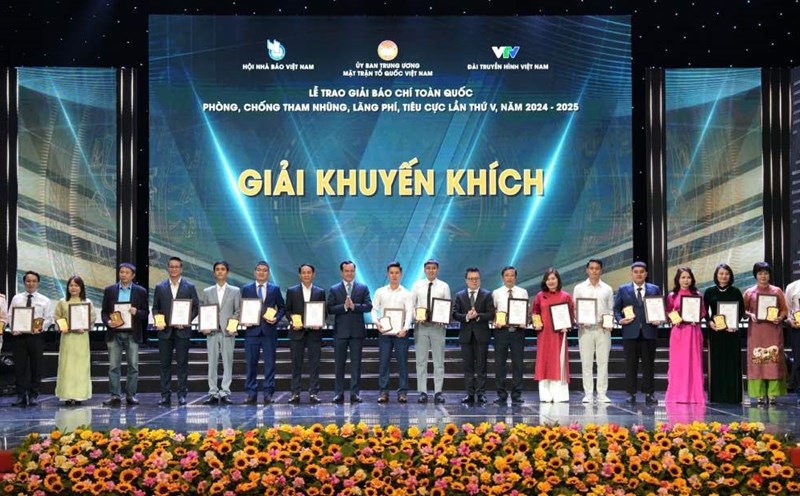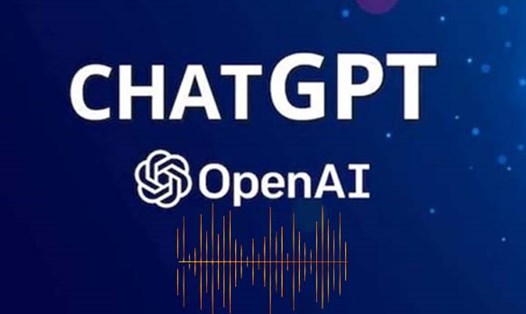Google has just announced three Earth AI models, including: Image, Population and Environment, to enhance the ability to analyze ge spatial data in real time.
These models are directly integrated into Google Earth with Gemini AI technology, allowing users to observe, reason and make faster conclusions about natural phenomena, the environment and residents.
The highlight of this update is the ability of Geospatial Reasoning, a tool that helps AI understand and respond to complex questions related to weather, population fluctuations or terrain changes.
Google said that this technology has been used by the nonprofit giveDirectly to identify areas heavily affected by floods, thereby prioritizing aid distribution.
According to Google, the new system can detect dry rivers, thriving algae or changes in water resources, which are important factors for governments and environmental organizations to respond to the crisis early.
This data also supports emergency warnings, which were provided by Google to more than 15 million people in Los Angeles during the major forest fire in 2025.
Despite leading in smart maps, Google still faces competition from Mappls ( Mapmy India) in the Indian market, with local competitors developing specialized consulting features for complex traffic conditions.
Currently, Earth AI is only open to trial users on Google Cloud, especially Google Earth Professional users in the US.
In the coming weeks, they will be able to access the ge spatial reasoning feature and combine separate business data with the Imagery Insights model for environmental monitoring, natural disaster forecasting or urban planning.
Launched in July, Google Earth AI is a system that focuses on processing satellite data to forecast floods, detect forest fires, support public health and urban planning.
These models are also a platform for crisis warnings on Google Search and Google Maps, helping users receive timely relief information.
Google said it is collaborating with many international organizations to develop AI Earth models that can theoretically understand the physical world, similar to the way large language models (LLM) process digital information, aiming to create a global AI ecosystem.











